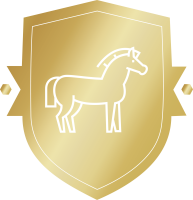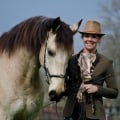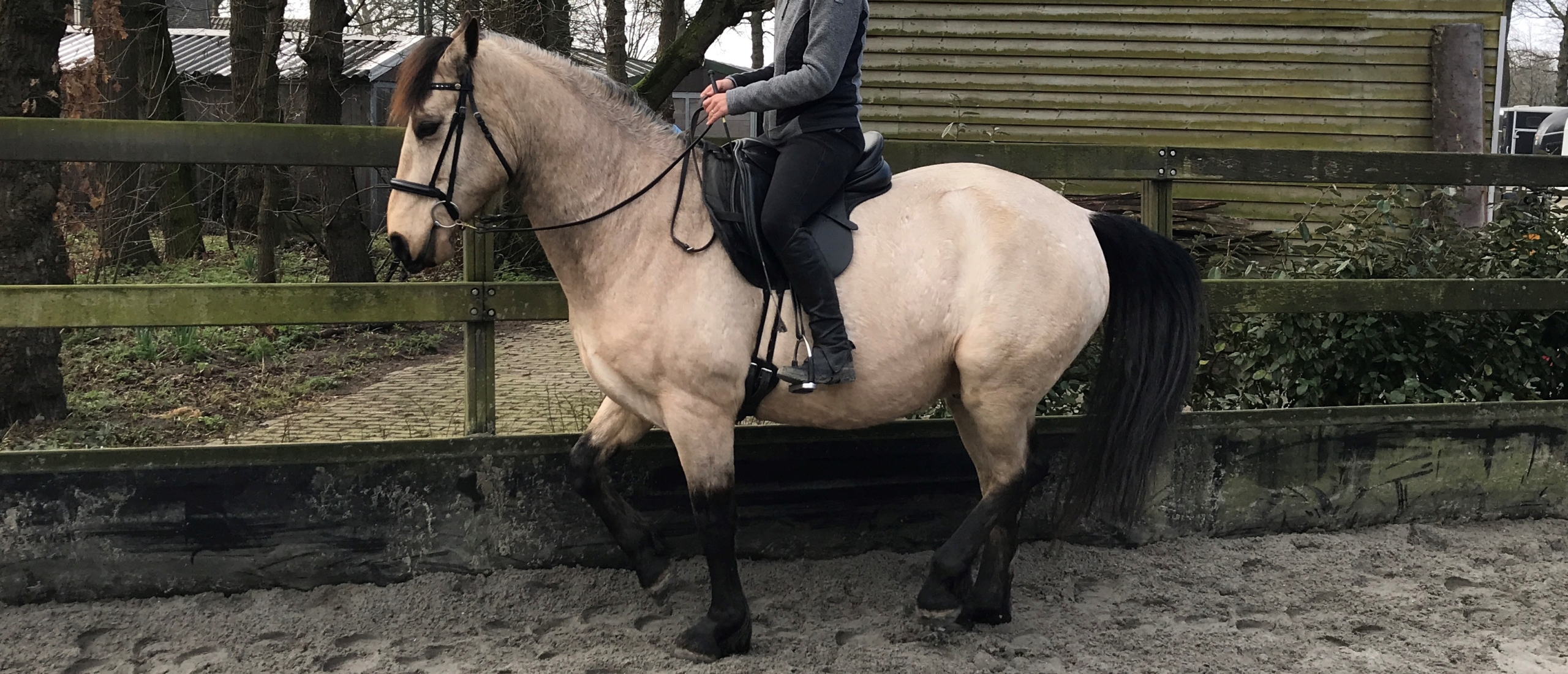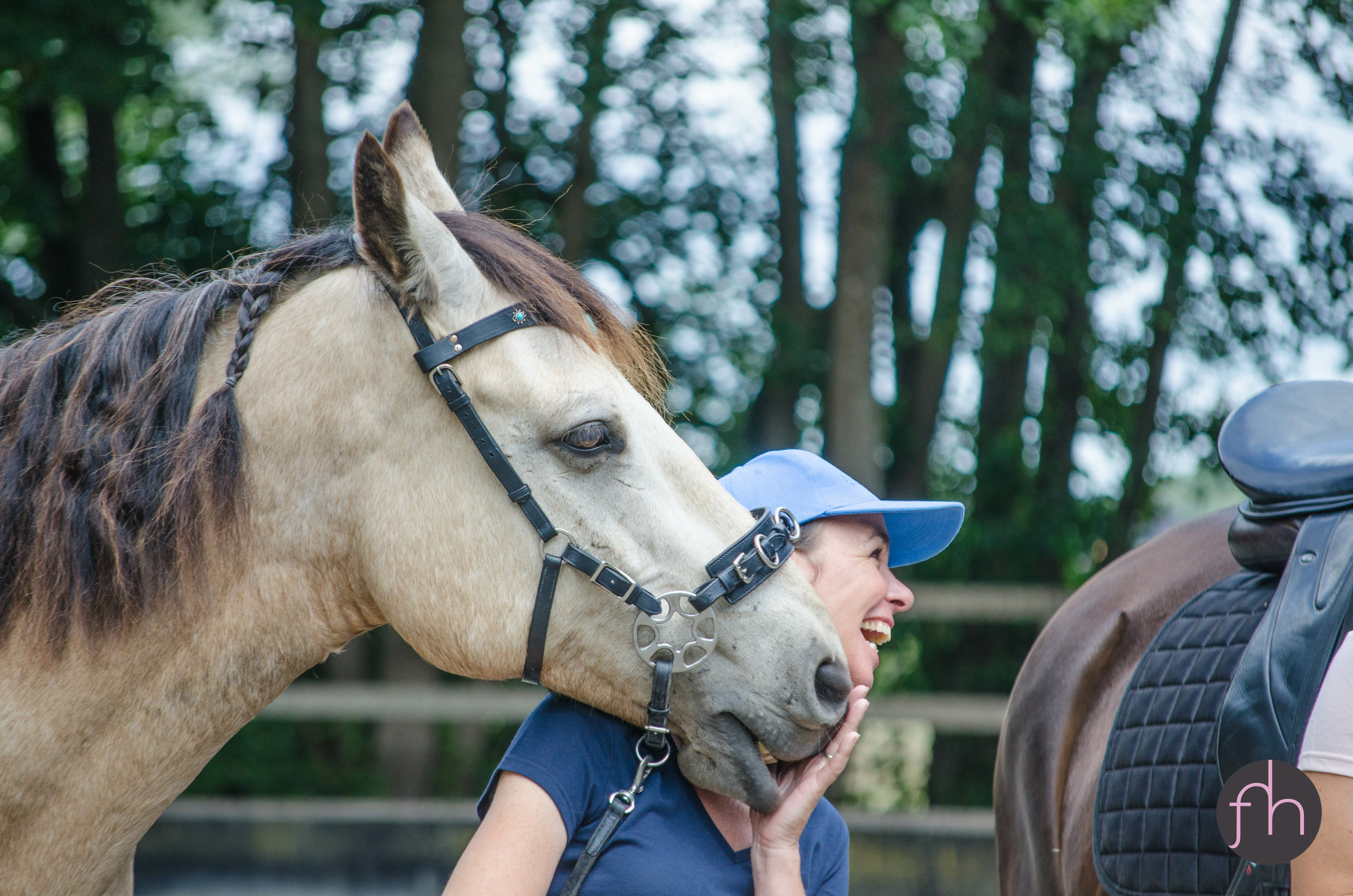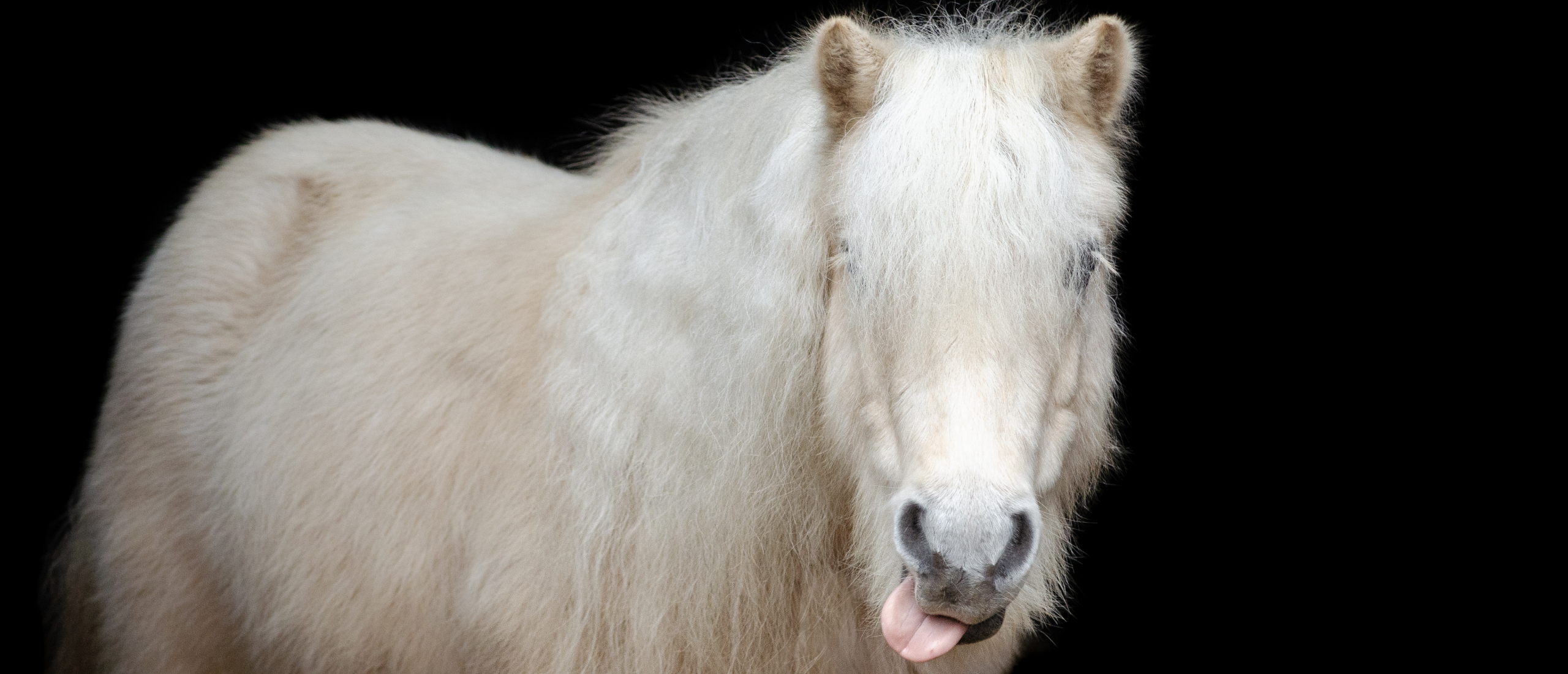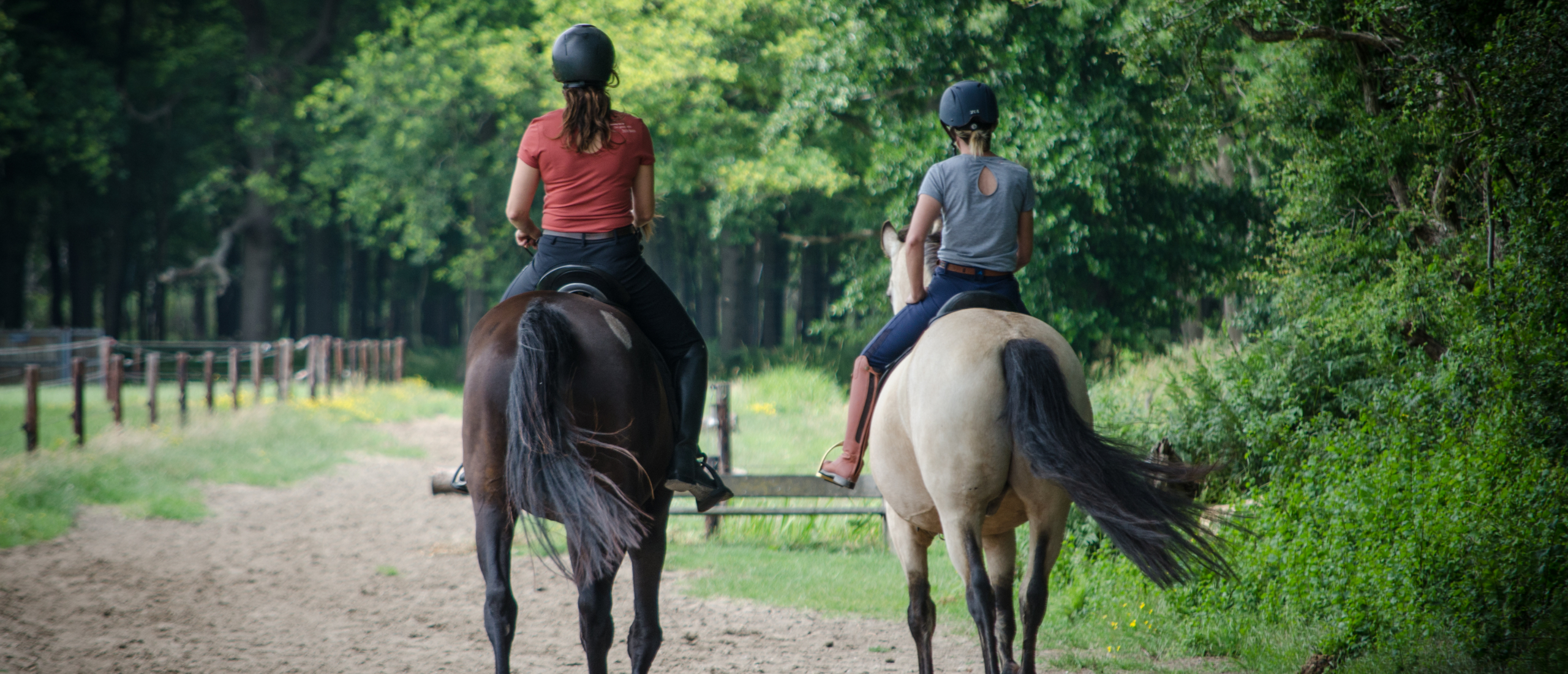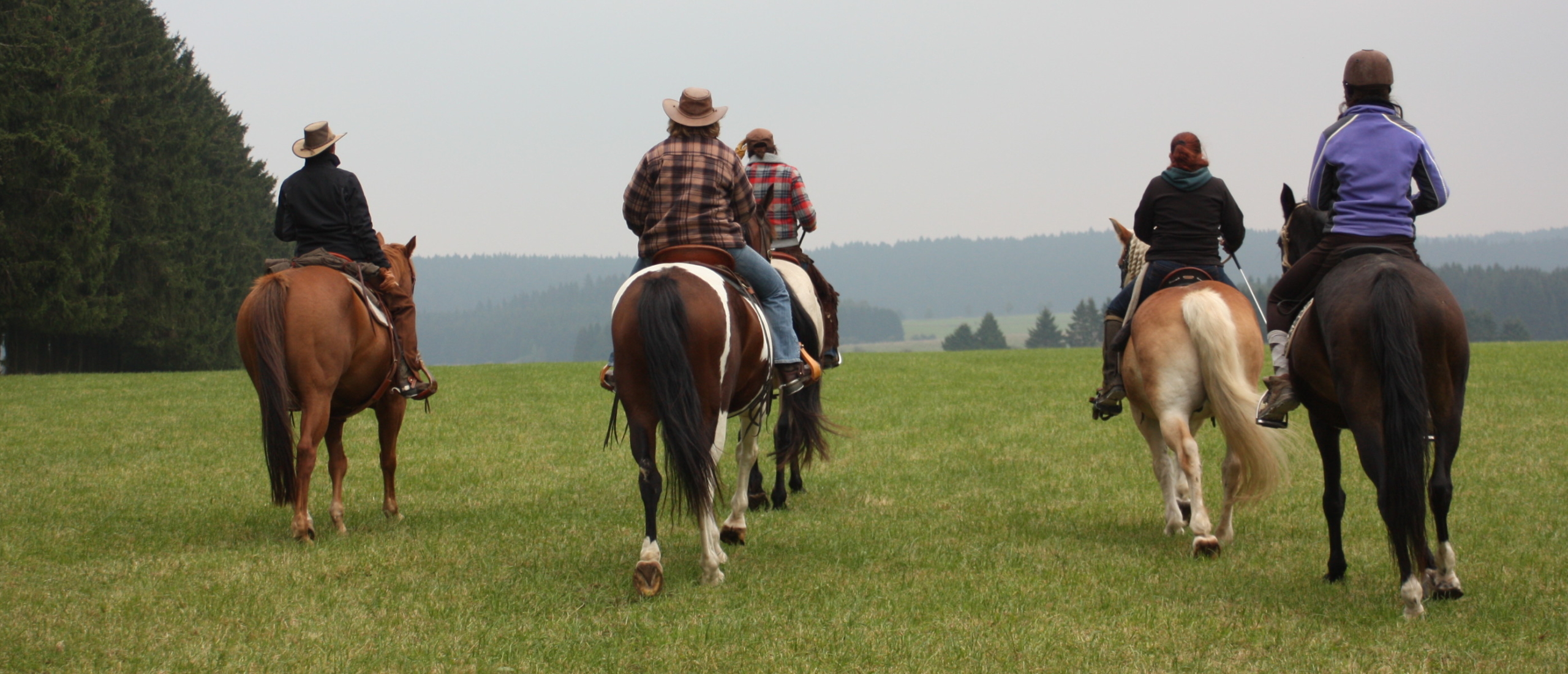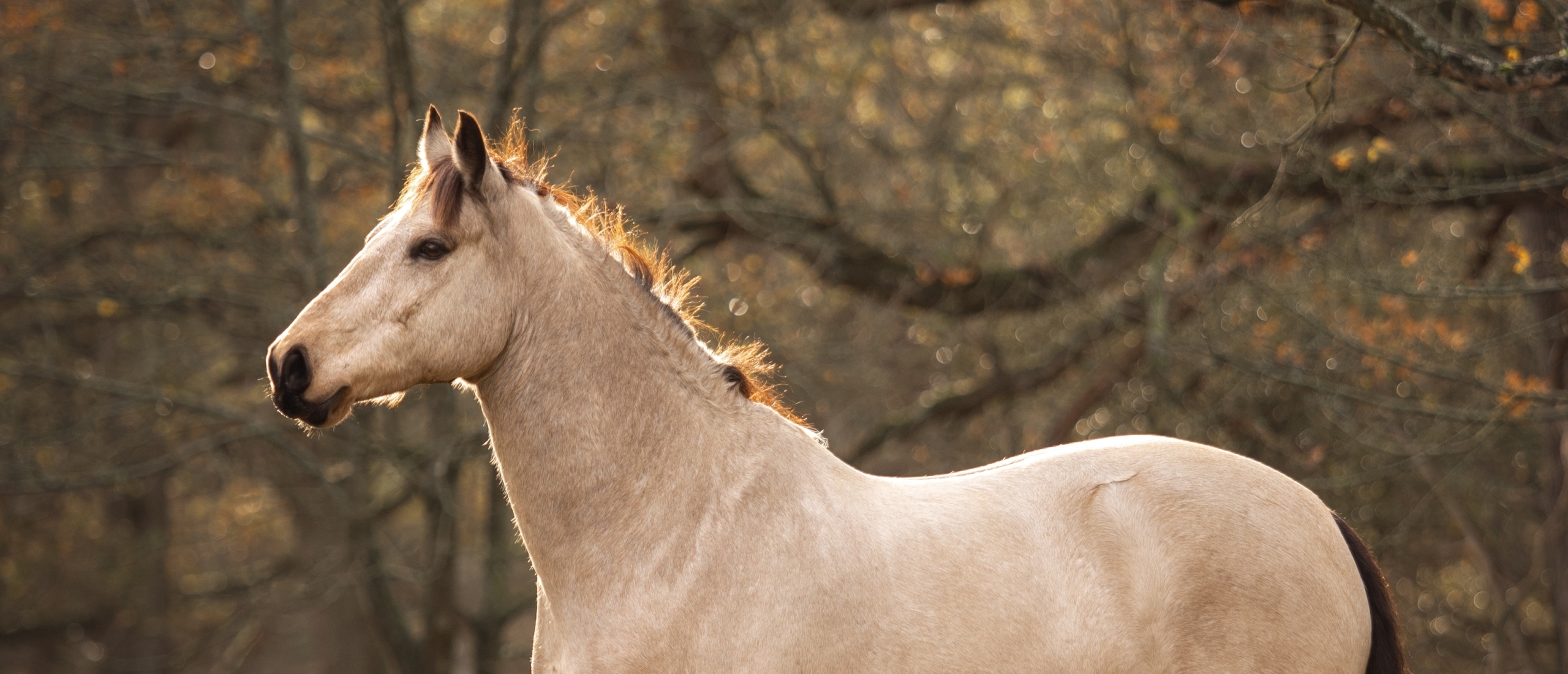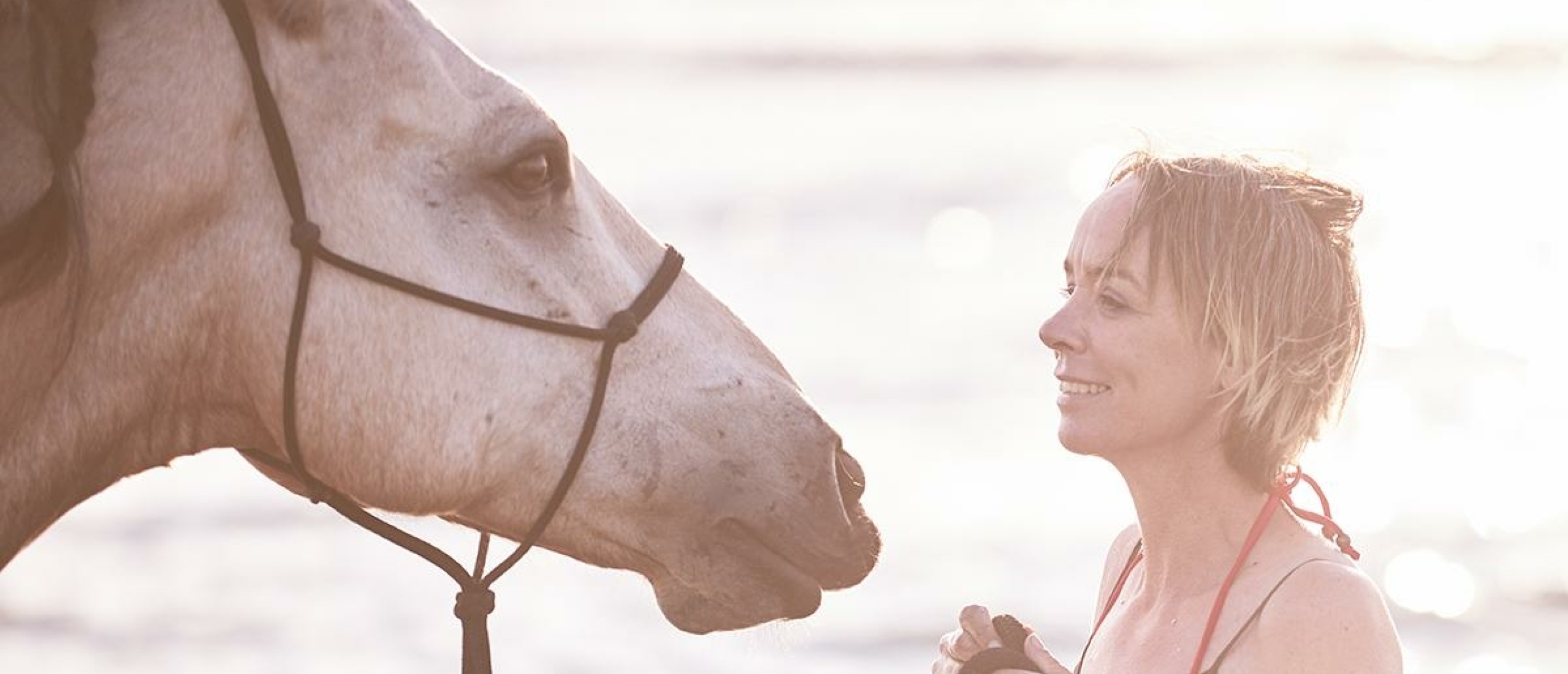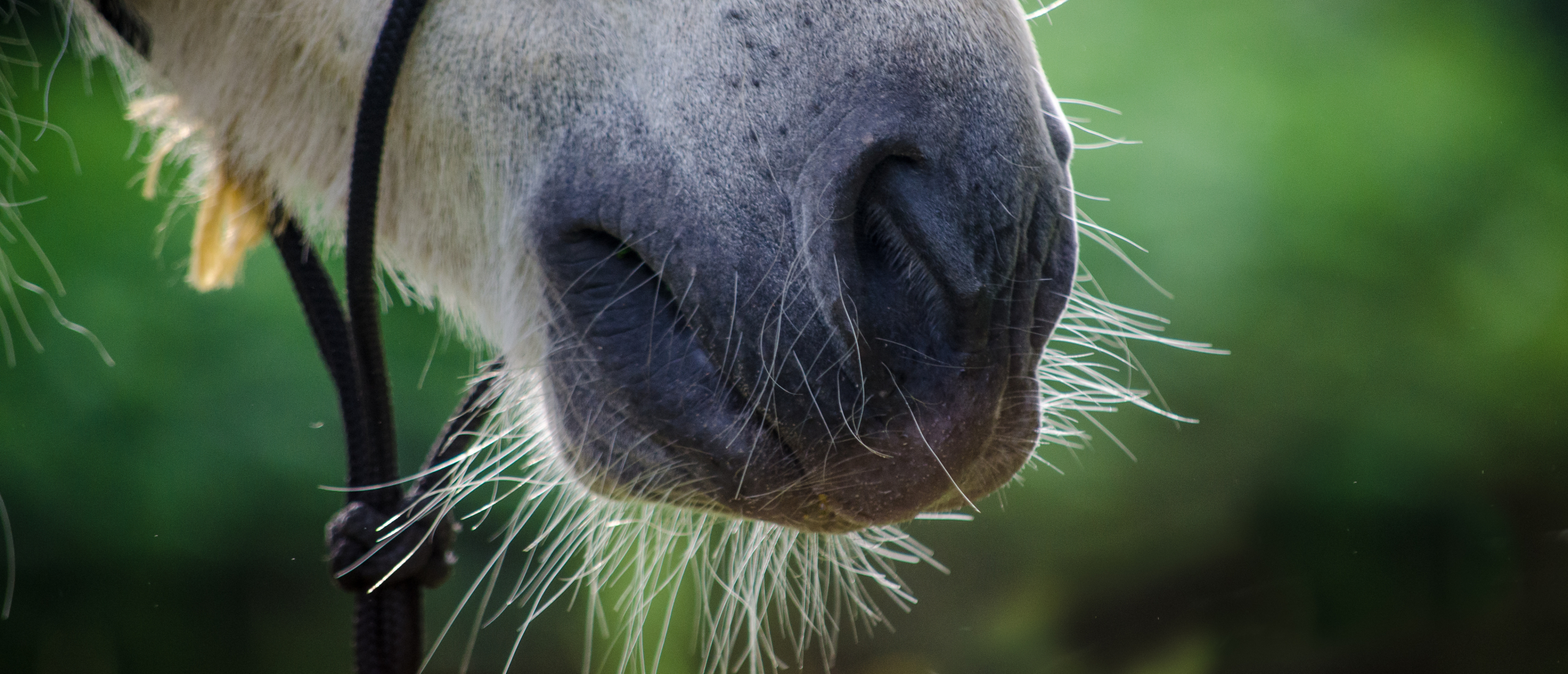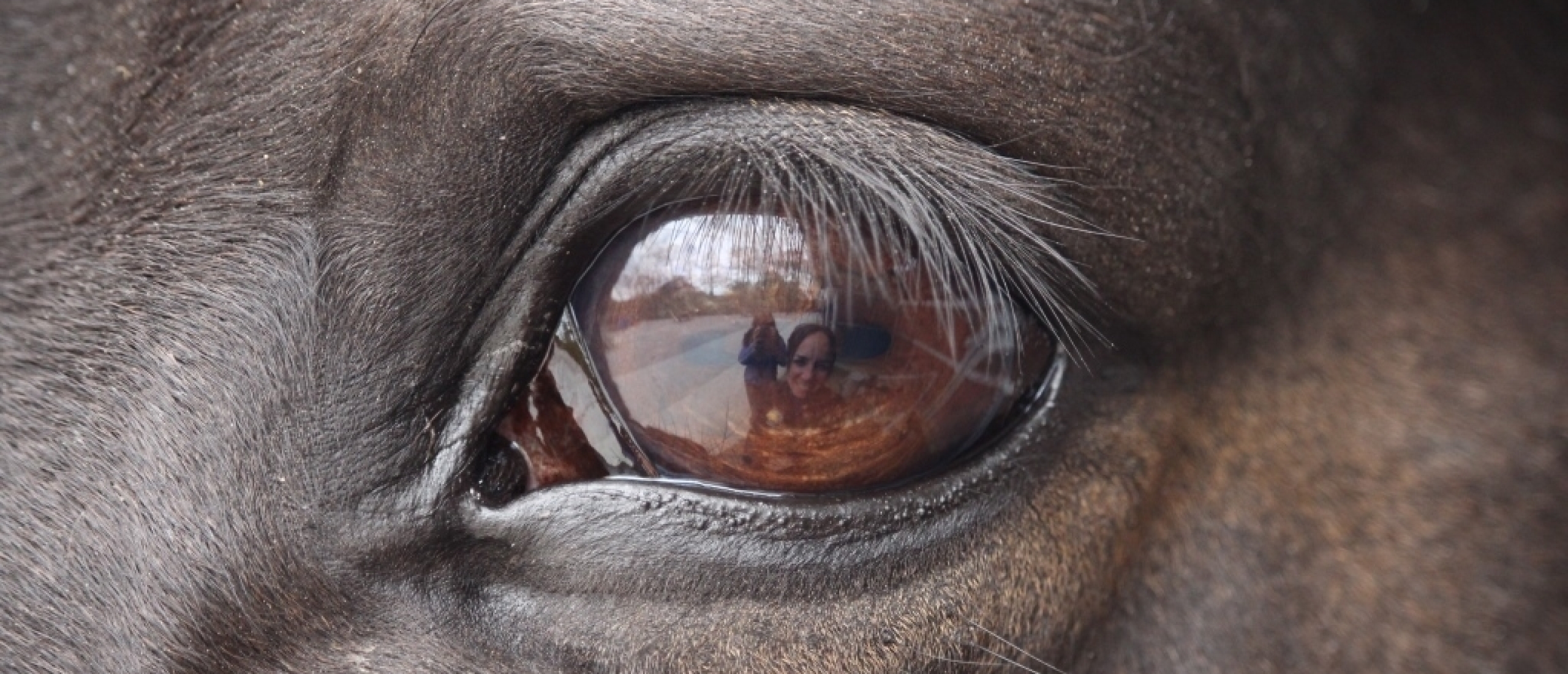
15. Quiet practice is not real practice...
What do I mean by that?
If you’ve been around horses long enough, you’ve seen things, learned things, and probably done things yourself. It’s simply part of the journey. Horses are far more than just a hobby or a sport, they take us on a path of growth if we let them. They teach us about life, about ourselves, and about the ways we can improve. And if we truly love them, it’s in their best interest for us to keep getting better.
Sometimes what we think is “nice” for a horse isn’t actually in their best interest. That’s why I want to explore what real practice means.
REAL PRACTICE VS. QUIET PRACTICE
At my barn near Amsterdam, riders come from all disciplines, recreational, dressage, show jumping, you name it. The horses are well cared for, though many are a little overweight from overfeeding and lack of exercise. However one thing is clear: there’s no neglect allowed here.
But what I’ve noticed is this, many riders only want to practice when it’s quiet. They wait until the arena is empty, the leaf blowers are silent, and the blacksmiths have packed up. Then, and only then, they train.
The problem? That’s not real practice.
WHY REAL LIFE MATTERS
Competitions and real-life situations are rarely quiet. There will be traffic, kids running, tractors, clattering tools, or unexpected noises. If your horse has only ever practiced in perfect silence, how can you expect them to perform under pressure when chaos inevitably shows up?
Noise, distractions, and surprises are not problems, they’re opportunities. They prepare your horse to become braver and more confident. Avoiding them is avoiding growth.
WHAT REALLY GOES WRONG
I’ve seen riders blame others when their horse explodes. A barrel moved, stones rattled, or a sudden noise spooked the horse and suddenly it’s someone else’s fault. But here’s the truth: when a horse reacts so strongly, the problem lies in the training and connection, not the distraction.
A horse that refuses to enter the arena, bolts to the gate after a ride, or constantly shows tension isn’t struggling because of leaf blowers or barrels. It’s because the training has left gaps. The horse hasn’t been taught relaxation, confidence, or trust in its rider.
HORSE TRAINING IS MORE THAN TECHNIQUE
Good horsemanship is not about tools and techniques alone. It’s about feel, intention, and clarity. Horses learn quickly, but they also learn the wrong things just as fast and those lessons are often harder to unlearn.
Because horses are prey animals, they’re wired to remember threats. That’s why bad experiences leave deep marks. The good news? Horses can learn anything when we are clear, fair, consistent, and kind.
BLACK AND WHITE, NOT GREY
In a herd, horses live in black and white: “I want you close” or “I don’t.” There’s no grey area. Our training should reflect that same clarity. When we allow confusion, inconsistency, or grey zones, horses lose confidence in us.
PRIVATE ARENAS VS. REAL-WORLD TRAINING
Many trainers work in quiet, private arenas with no distractions. That may look ideal, but when horses trained in silence return home to the real world with tractors, traffic, children, and chaos, it often falls apart.
A horse is always a reflection of its person. Even the best training won’t stick if the rider hasn’t learned how to create clarity, trust, and relaxation in real-life environments.
EMBRACE THE NOISE
Real practice means embracing the noise, the distractions, and the unexpected. These moments build bravery and confidence in both horse and rider. Whether it’s a leaf blower, kids running past, or the sound of stones in a barrel, use these as opportunities.
If you want to compete, perform, or simply enjoy a calm, happy horse, practice in the conditions you’re likely to face. Quiet practice is not real practice.
TEACHING RELAXATION
The most important skill a rider can give a horse is relaxation. Without it, every outside influence becomes a threat. With it, those same influences become training tools.
Relaxation isn’t about avoiding stress but teaching the horse how to release it. And sometimes, it’s the rider who needs to learn to relax first.
FINAL THOUGHTS
Quiet practice may feel comfortable, but it doesn’t prepare you or your horse for real life. Embrace the noise, embrace the challenge, and you’ll find your horse becoming braver, calmer, and more reliable.
If you want help learning relaxation tools or confidence-building exercises, I have plenty of resources to share.
🌐 Learn with me from today HERE
📲 Follow me @getgoodwithhorses on Instagram, Facebook & TikTok.
And remember, if you're ever stuck, unsure, or just need clarity, reach out. I'm here to help.
Thanks for reading and as always, keep getting good with horses. 🐴
🎧 Listen to the related podcast:
